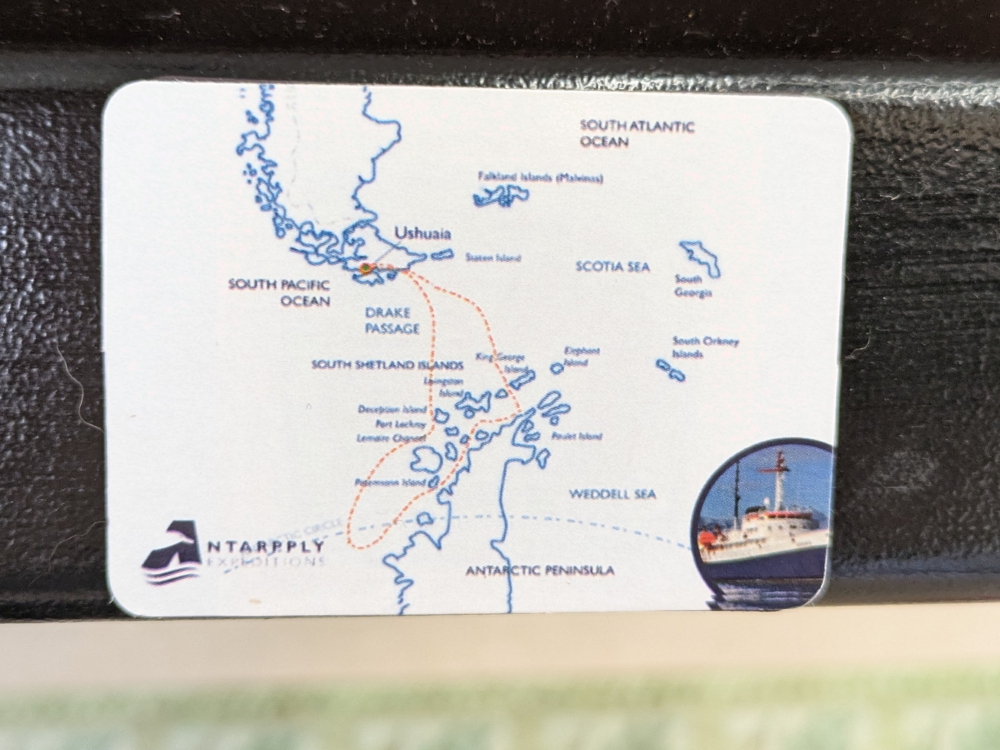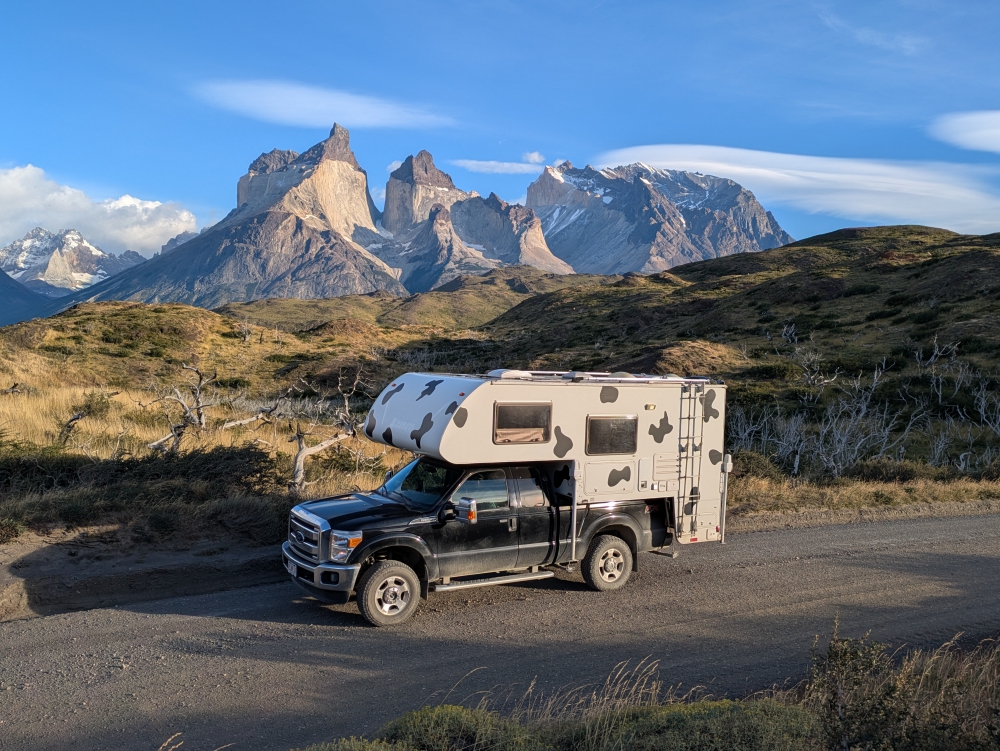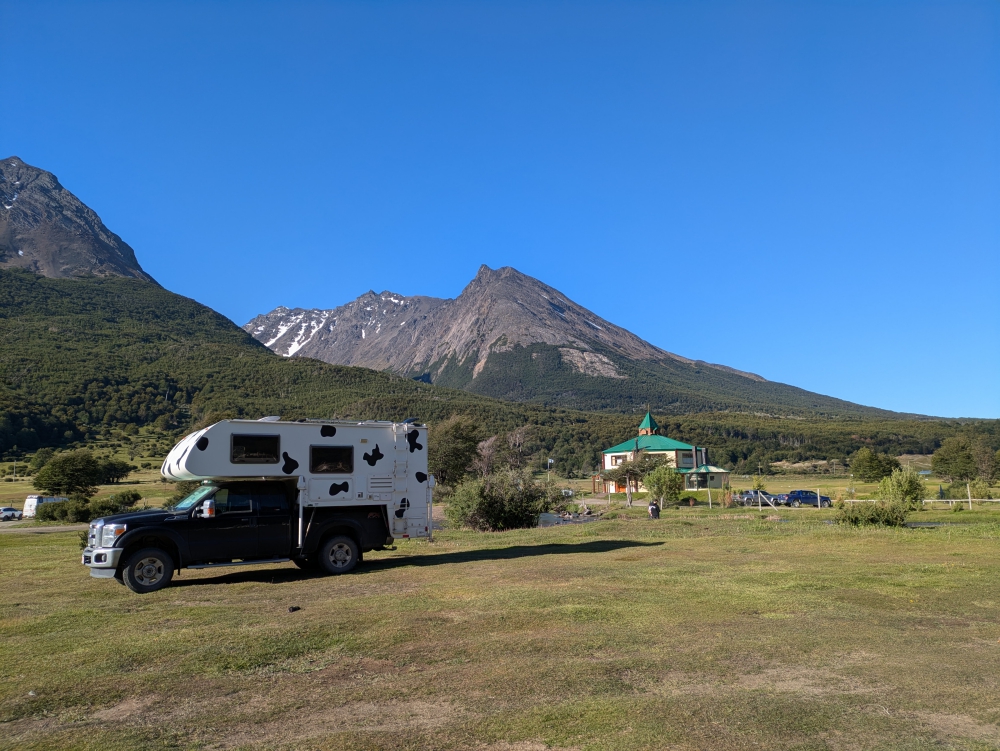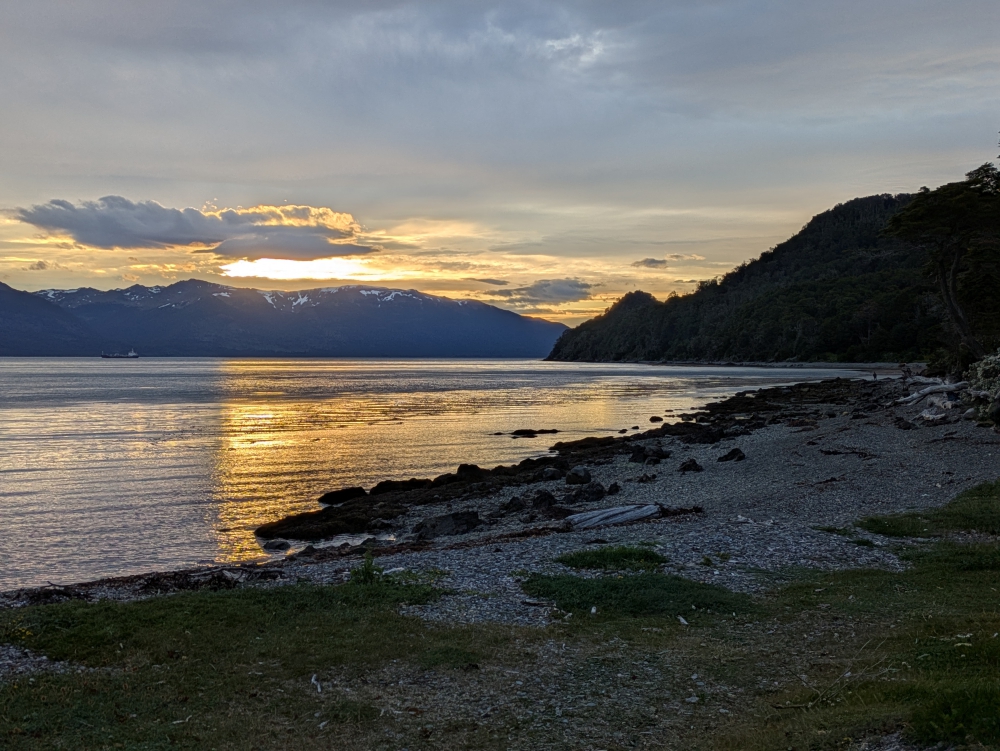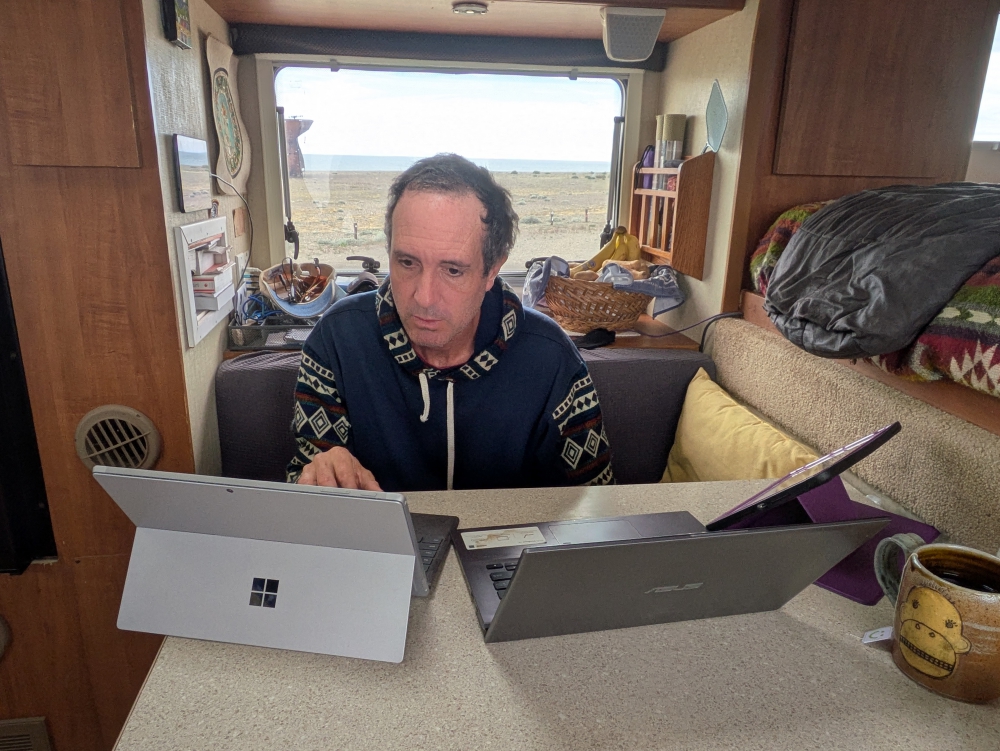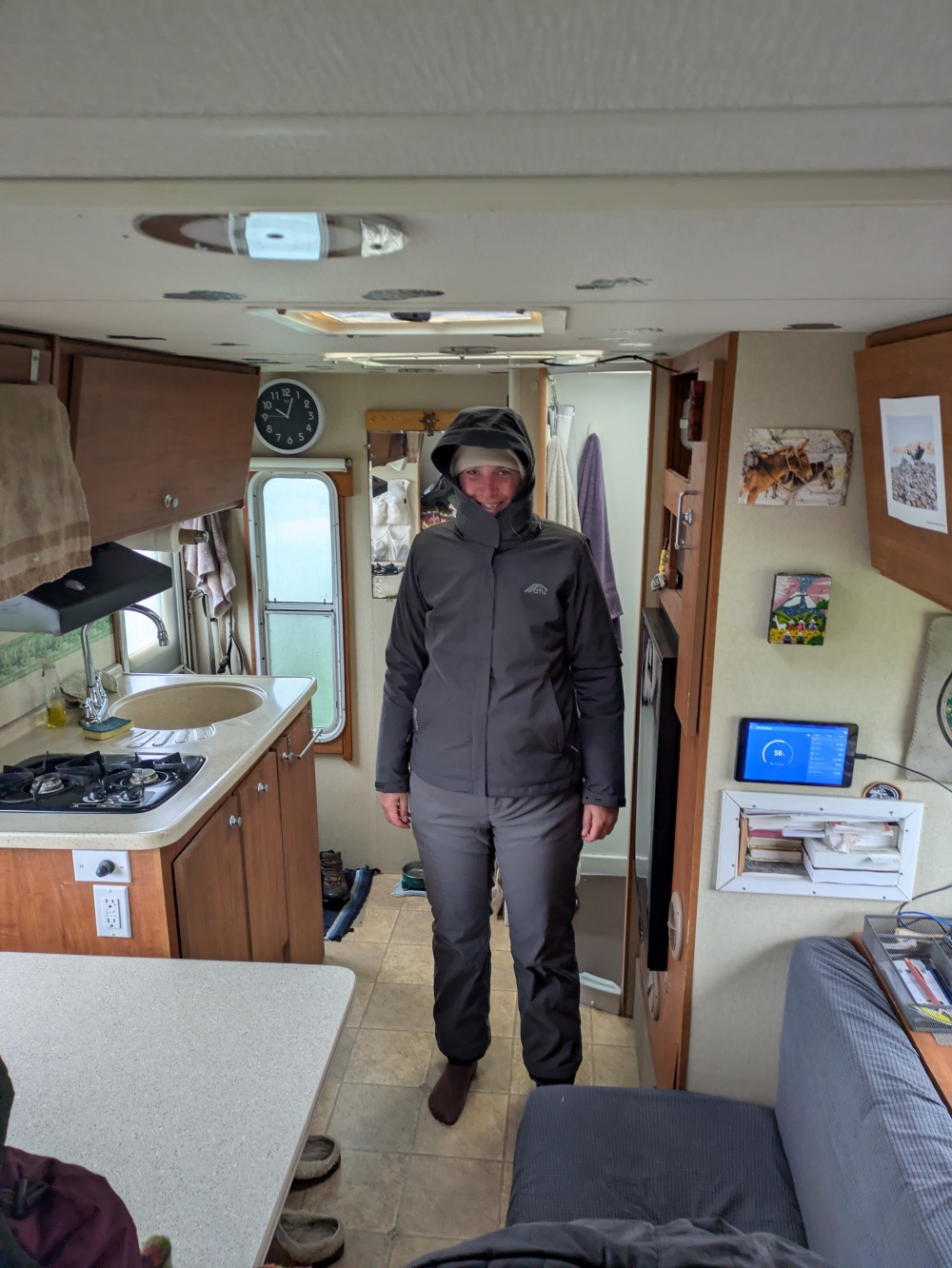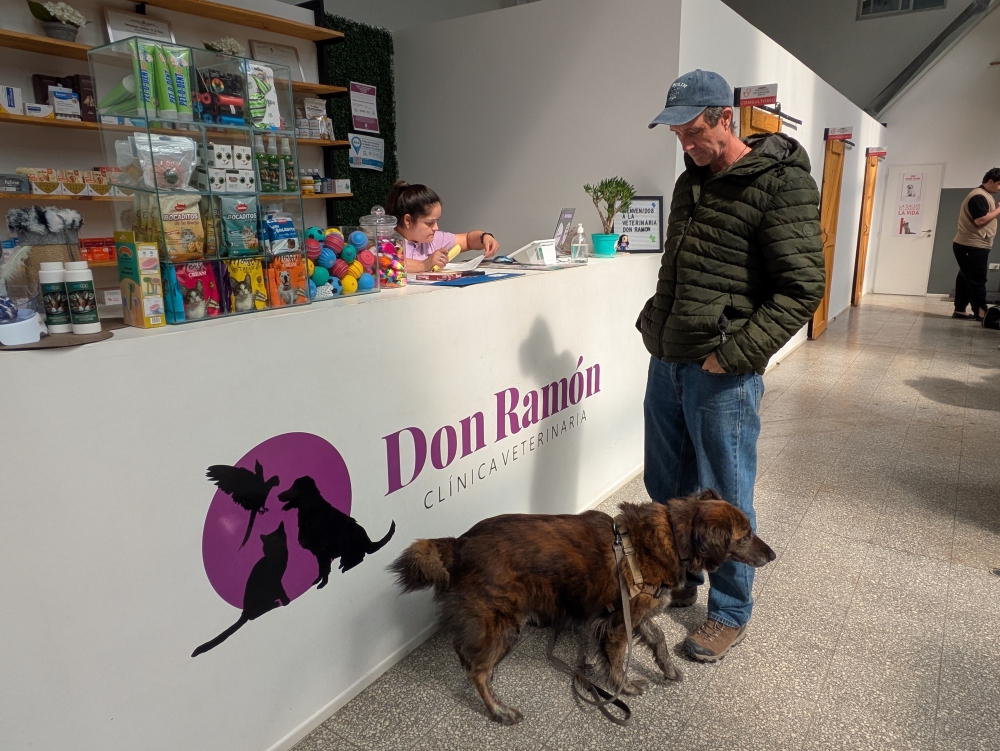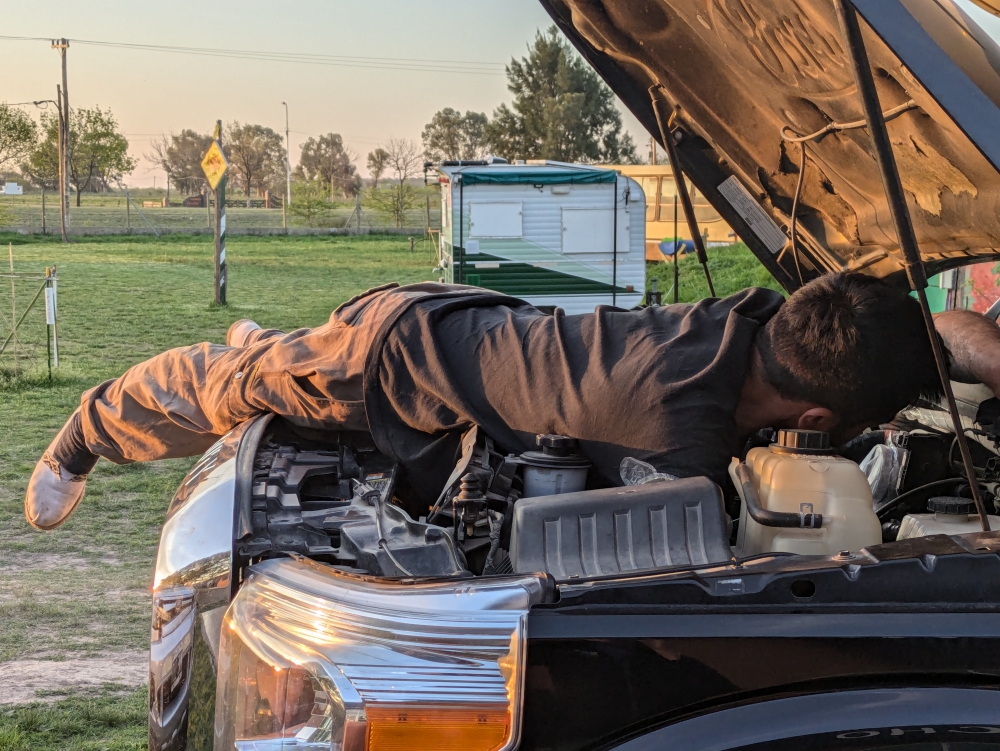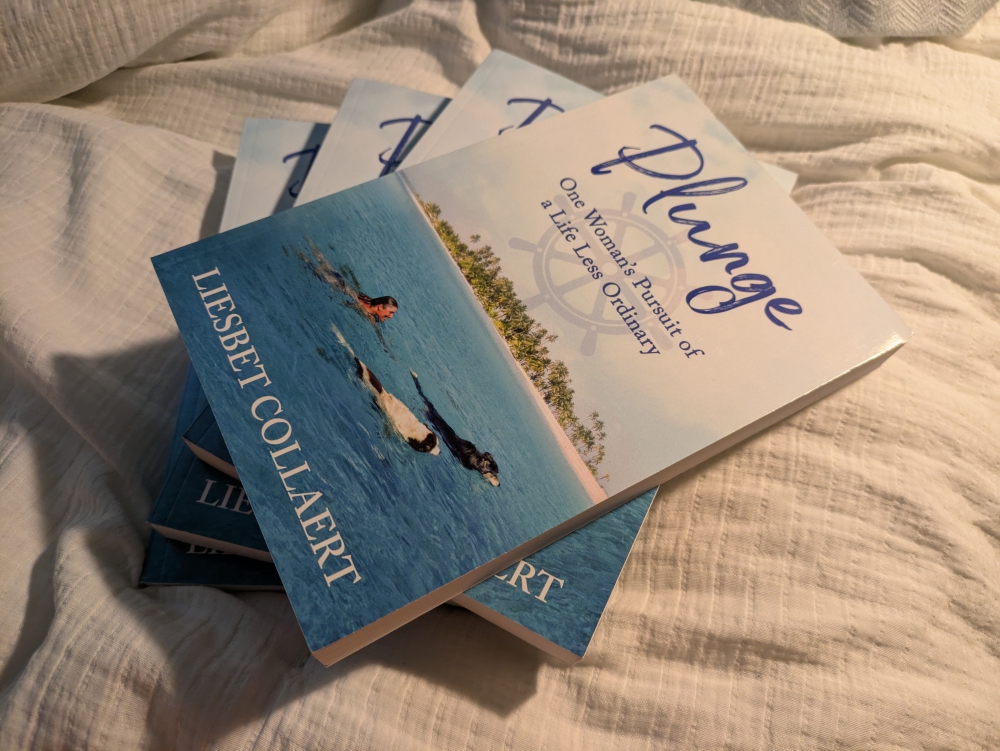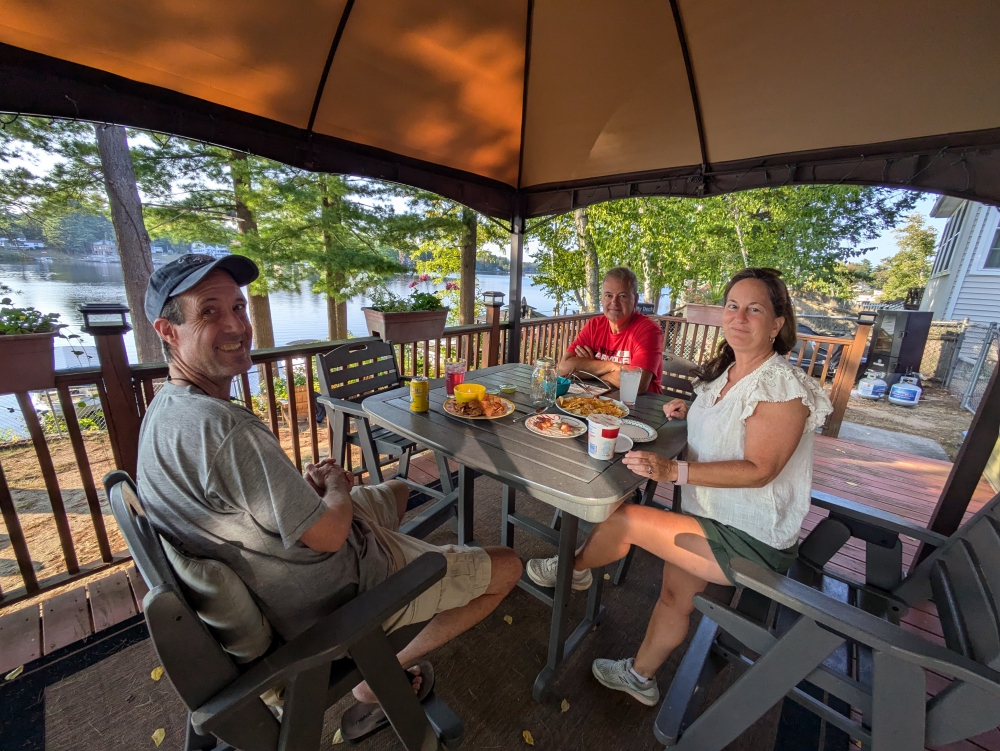
Every month, I post a report of our expenses to show that it is possible to live a comfortable, exciting, and adventurous life without breaking the bank. The less money you spend, the less you need to make. 🙂
This report includes ALL of our expenses, in US$, for two adults and one 60-pound dog (we adopted Maya on June 4th, 2019). Under groceries we incorporate food, produce, and non-alcoholic drinks predominantly bought in supermarkets. Toiletries belong in that category as well. Dining out means eating at a restaurant/event or purchasing take-out food. The health category covers non-prescription medicines and vitamins/supplements; medical contains prescription drugs and doctor’s visits. Because of our income level, Mark and I are eligible for free health care within the state of Massachusetts. For check-ups and extensive care, we return to the US East Coast. Other health issues are resolved locally and out of pocket where needed.
Mark, Maya, and I spent pretty much the entire month of November with Thirsty Bella in Argentina, after crossing back over from Uruguay. The only reason I mention Uruguay in the title, is that some of the credit card charges from October didn’t come through until November. Bookkeeping…
(As always, hover over or click on photos in galleries to read their captions.)

Reaching the border into Argentina, where a big motorcycle group of Brazil took the privilege of cutting everybody off!

Camped for the night at eerie Lake Epecuen

Camped with Sheri and Jeff in Puerto Deseado

Sunset at our pretty camping spot in Puerto Deseado

Camped for one night with Jeff and Sheri at Playa La Mina, along a remote coastal road
Our November expenses were on the high end, but that is not a surprise. It was an eventful month with lots of driving and quite a few realizations and stories.

A decent paved road in Argentina

One of the many gravel roads we drove in November

Another coastal road – we enjoyed those more than the main highway of Ruta 3.

In the cab of the truck

The gravel washboard road to Punta Ninfas
It seems like every month we reach a new record high with the amount we spend on fuel! This time, we can blame the long distances. Gasoline is back “down” to around $4 a gallon (1 euro a liter) in Argentina as opposed to the $7 in Uruguay. But, man, did we cover some miles last month – and we are still going!

Back to cheaper fuel

Fuel prices in Central Argentina
From November 1st, leaving Fray Bentos in Uruguay to cross the border, until November 30th at Playa La Mina along the Atlantic coast of Argentina, including a few measurable detours, we drove 2,000 miles (3,000 km)! I guess that translates to $670 of fuel… Luckily, our water consumption remains free.

Filling up with potable water at a fuel station

Topping off with fresh water again at a YPF fuel station
Other car expenses – historically the highest category – went to maintenance ($10) in the form of windshield washer fluid and battery lugs (to create a more efficient cable run between the car and the camper, an upcoming project) and tolls ($15). The bridge crossing between Uruguay and Argentina cost $10 for cars and $40 (!) for motorhomes (and pick-ups with dual tires), which is insane. The other tolls were paid in Northern Argentina.
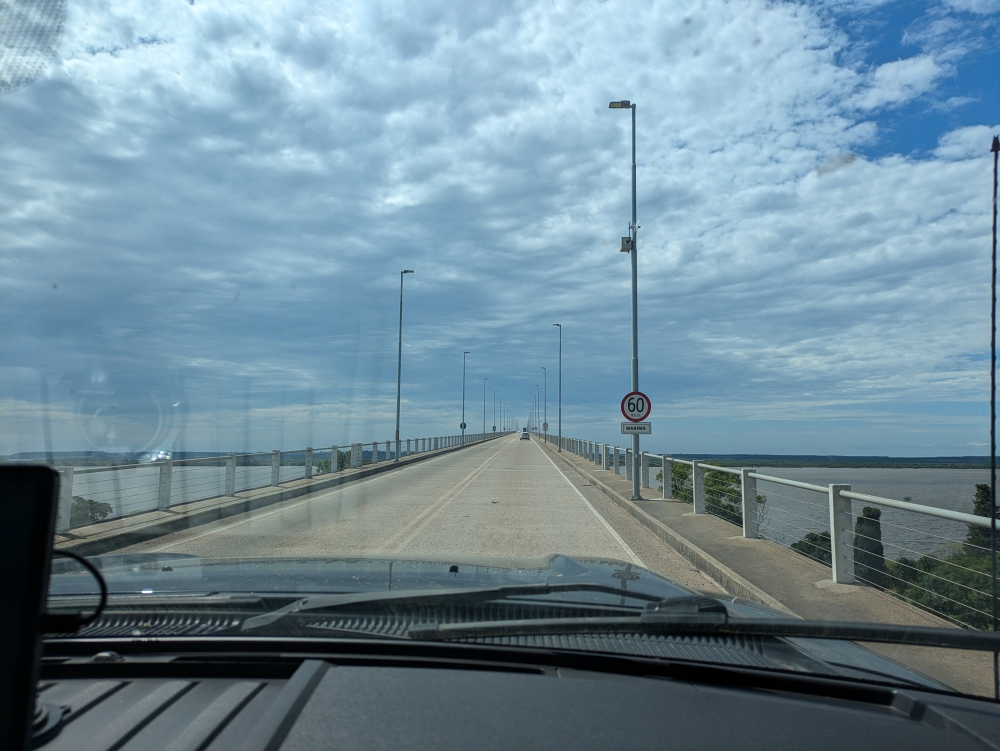
The expensive bridge over the river dividing Uruguay and Argentina
Our grocery bills were unusually high as well. We did stock up a bit before arriving in Patagonia, as we had heard that goods are pricier here, but the main reason for the increased number ($450), is that prices in Argentina, for all goods, keep rising. People everywhere in the world complain about inflation, but – honestly – that is nothing compared to this country. We have seen products double and triple in price this year. It is hurting every tourist, but the local population even more. Something will give soon.

Of course, we needed a big stock-up after three weeks in pricey Uruguay.

More grocery shopping

My usual lunch sandwich: a bun from the bakery with a slice of cheese, tomato, lettuce, cucumber, and mayonnaise.

My birthday breakfast in Bella

Buying bread by the weight in Argentina ( and elsewhere)
My birthday gift at the end of November was a boat tour to Isla Pinguïno, off the coast of Puerto Deseado, a substantial detour from Ruta 3. Mark and I arrived here with the understanding that day tours to the island cost $80 per person, since nobody seems to update prices in iOverlander. This was already a high price to swallow for us, budget-minded nomads. But we had heard the trip was worthwhile, mostly to see rockhopper penguins, a species that is very difficult to visit elsewhere in the world.
Imagine our surprise when we inquired about this tour at two agencies and learned that the cheapest one offered these 5-hour trips (2-hour boat ride and 3 hours on the island) for $160 a person, not including lunch!
We managed to bargain them down a bit to $140 per person (cash would have been 130,000 pesos/$130 a person – we don’t even carry that many bills), which was still way out of our budget. So, Mark stayed home and let me go. Our friend Sheri came along, which was nice.

Magellanic penguins on the day tour with Sheri

The less-common rockhopper penguin

Sea lions up close
It was an enjoyable excursion (more photos and videos in an upcoming blog post), but to be honest, I still found the price too steep; just to watch the rockhoppers. Especially when adding another $60 in fuel for the detour. All the other wildlife could be seen – for free – in other parts of this country. I wish I would have known this price ahead of time (my mistake for not doing more research, but an increase of 100%?) and that Mark could have joined us.
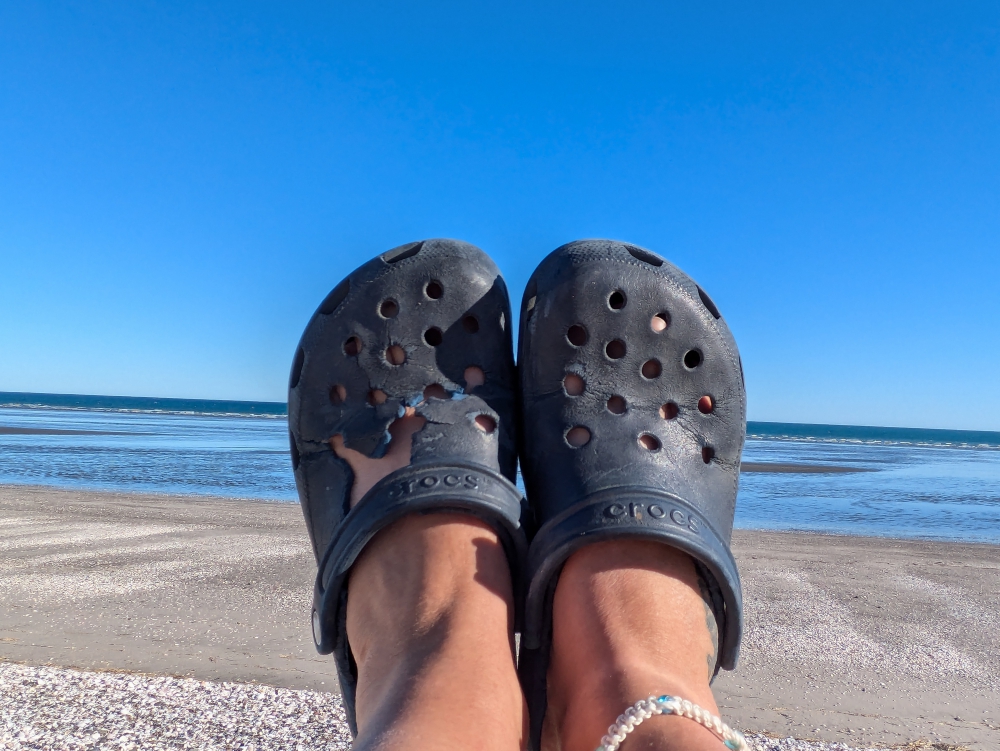
After seventeen years (of traveling), my Crocs, a birthday gift from Mark in 2007, finally perished.
On my actual birthday (November 28), Jeff and Sheri treated us to dinner at a local restaurant, after having drinks in our camper. It was an interesting evening. and so busy that I forgot it was also the fourth anniversary of my book, Plunge. 🙂

Birthday drinks with Sheri and Jeff in Bella

Birthday treat in an Argentinian restaurant in Puerto Deseado
We bought a bunch of affordable wine and a discounted bottle of vodka before the trek south and paid our monthly Starlink subscription, which is also going up due to the less favorable exchange rate. We topped up our propane tank again, for a decent price. This company only charged us for the gas they actually added, instead of for an entire 10kg tank.

This wine is – surprisingly – not that sweet and really tasty.

We discovered this red wine, which is tasty…

… and funny!

Getting our propane tank topped up in Comodoro Rivadavia

It was a bit awkward to pay through this “window” without seeing anyone.
Eating out in Argentina deserves a separate blog post! It isn’t pretty. Nor is it easy, affordable, tasty, or enjoyable. And that’s our bottom line. Believe me, we’ve tried. Between the late opening times of restaurants (generally around 8pm, which doesn’t mean you can eat at 8pm, of course), the increased – and still increasing – prices of meals, and the slim selection of well-prepared and healthy dishes, it’s just not worth it to us anymore.
For example, it took three tries in three different cities (the first two with us ending up cooking at home after 8pm) before we succeeded in buying a take-out pizza for two people, which cost $21, including a discount. The pie was not that great, especially the cooked ham that was supposed to be prosciutto. Oh, and the olives still had pits. We were actually going to use dinner donation money for this, but the credit card charges never came through. Yay! Now we can try once more. 😊

Falafel is our go-to quick meal, like when restaurants don’t work out.

Empanadas at the beach

Take-out pizza in Puerto Madryn
Mark and I bought a dozen empanadas on a beach one afternoon, expecting them to be seafood with a garlic sauce, based on our conversation with the vendor. They were quite tasty, but filled with ground beef, which came a tad unexpected.
The exception was a wonderful high tea ceremony in the Welsh town of Gaiman, where we ordered one “full service tea” at a tea house and one extra tea. This was enough food – savory and sweet treats – for two people. We shared the yummy experience with our Canadian friends, Jeff and Sheri. The price for this special feast had gone up from $8 to $24 in a year, but it was still worthwhile.

Mark’s shirt fits in with the theme…

High tea in Gaiman – yum!

A lovely splurge with friends in Gaiman
We just keep cooking our own meals (and doing the dishes) every day, which are tasty, healthy, and affordable, but it would be nice to take a break and have a splurge once in a while. Maybe in Ushuaia? Or Chile?

Egg noodle stir fry

Gnocchi dinner at home

Healthy pasta dish

Our last cocoa powder was used for delicious brownies

When we are totally out of fresh produce, there are canned products for pasta Puttanesca

Pasta Puttanesca leftovers with garlic bread

Shared home-cooked dinner with our friends, Sheri and Jeff
Dropping off laundry in Argentina – which is the only way, like in most South American countries, unless you rent an Airbnb with a washing machine – costs around $8 a load these days. We gave in, after inquiring at three laundromats and receiving a small discount when paying cash. And Maya finally received a new box of dog treats (since we saved a chunk of money elsewhere) and a bag of stuffing, with which we fluffed up her pathetic-looking dog bed.

Re-stuffing Maya’s dog bed

Maya is happy with her thicker bed!
In true fashion, we didn’t spend much money on entertainment. Mark and I visited the affordable Fray Bentos museum in Uruguay and booked a tour there on the last day of October. Luckily, we could pay with credit card, as we had run out of Uruguayan pesos by then. This charge came through in November.
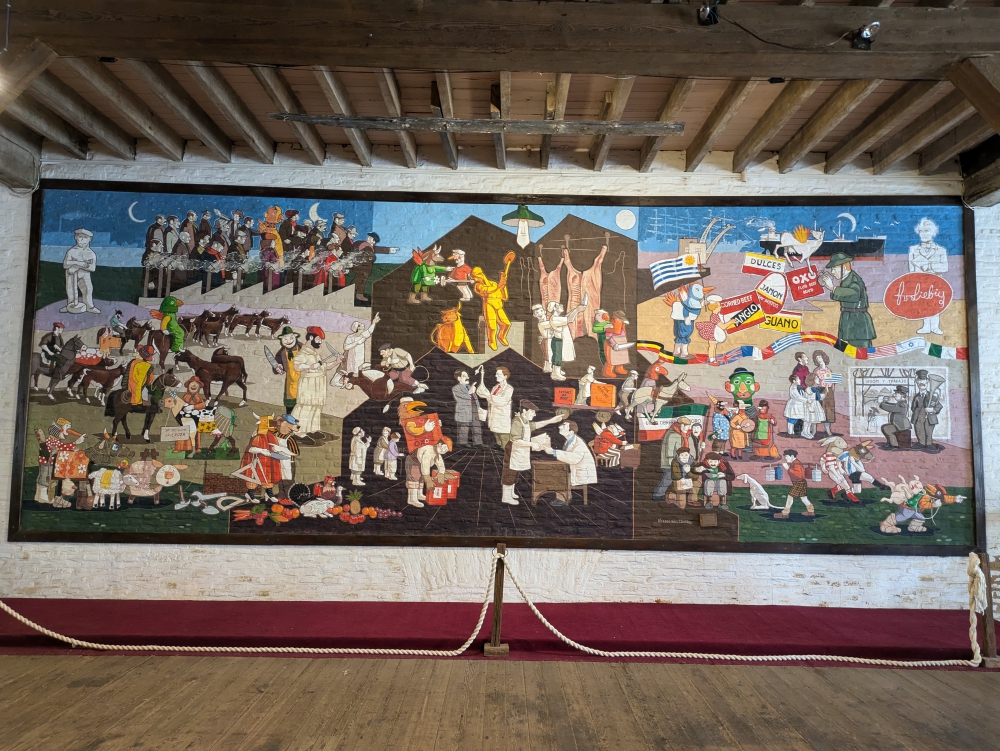
Mural of the social situation in Fray Bentos, when the factory was active
Mark didn’t join me on the other two visits. The first one was to an abandoned town on the shores of Lago Epecuén. The entrance fee was low, but three times as high as six months ago. Out of principle, Mark stayed home. And the second one was a quick look into the oldest Welsh house of Gaiman, which gave me, Sheri, and Jeff a good idea of how the Welsh folks lived there in the 1800s.

Ruins of Epecuen

The ghost town of Epecuen

The oldest Welsh house in Gaiman, Argentina, built in 1874

Inside a typical Welsh house of the 1800s
Now, let’s talk about our pantry repair in Bella…
I had forgotten to latch the cabinet, we drove on really bumpy and crappy roads for an hour, and the pantry slid out and in on its tracks long enough to give up and tumble to the floor. We heard the crash from the cabin of the truck, stopped immediately, and witnessed the warzone with horror, dread, and sadness.
Everything made from glass and ceramics, including precious gifts from friends, lie shattered on the floor, mixed with ball bearings of the destroyed track, and scattered shelves and spice containers.
After an already long, tiring, and frustrating day, this was another all-time-low for us. We stared at the damage and were ready to give up on this journey all together. Then, we gathered our wits, picked up the broken pieces, and swept the floor for the first time. More cleaning would follow – tiny shards of glass hid everywhere!

Living with our pantry cabinet shelves next to the bed, after its dreadful fall.

For two weeks, we had to transport our cabinet door this way, and move it back and forth to be able to sleep.

The gaping hole of the broken pantry
We contacted an Argentinian friend from Puerto Madryn, the first big town we were headed to, who got in touch with a carpenter friend of his, who let us know he could help. To make a long story short: we communicated with Federico and he came by Bella to see what was needed. Then, he bought new tracks, visited us again with his tools, and spent two hours installing and modifying the pantry.

Federico fixes our pantry with the help of Mark

Mark finished the two-hour project

Yay! The cabinet works again, but has much less items in it!
On top of his service, professionalism, kindness, knowledge, and fast assistance, he refused to take any extra money from us! He only (under)charged us for the part, happy to help and become friends! This was an incredible and humbling experience. We used the money we’d saved to buy goodies for all three of us.
After we returned from our summer break in the US and Belgium, Mark suffered from allergies for many weeks. Finally, he bought medicine for the worst days. We also needed a new supply of hydrogen peroxide. We didn’t replace the broken mugs and glasses, apart for one wine glass on sale for $2. So far, we are managing fine. Mark refuses to drink out of plastic cups, though. I’ll have to be even more careful securing our cabinets, which I usually check meticulously before every departure.

A quieter night just outside of El Condor

Camped in Gualeguaychu for what would become a terrible and super-short night

We moved to this fuel station at 4am!

Free municipal campground somewhere along our extensive drive south

Camped in the city park of Pigue

One night by a windy lake, after driving a long and awful washboard road

One night in the town of El Condor
As usual, we didn’t stay at pay campgrounds and managed to boondock/wild camp for the entire 30 days of November. Some places were quiet and attractive; others not so much.

Our favorite camping spot of November, along the Argentinian coast

Partly protected from the strong winds – the blooming bushes and Mark’s heightened allergies made us move, though

Camped along a popular shell beach

Camped by a pebble beach in Puerto Madryn

Being camped in a parking lot in the center of Puerto Madryn was much quieter and enjoyable than expected!

Cool and quiet camping spot at Punta Ninfas

Back in Puerto Madryn, where Jeff and Sheri surprised us!

Our relatively loud camping spot in Gaiman for two nights

Camped with Jeff and Sheri near Comodoro Rivadavia
And that wraps up our $1,512 expense report for November 2024 – above average but it could have been worse based on how the inflation in Argentina is going. We don’t want to be here for too much longer.
(For anyone interested in the political and financial situation of Argentina, Mark came across this interesting article recently: https://apnews.com/article/argentina-milei-trump-musk-default-economy-inflation-libertarian-18efe55d81df459792a038ea9e321800.)






















































































































